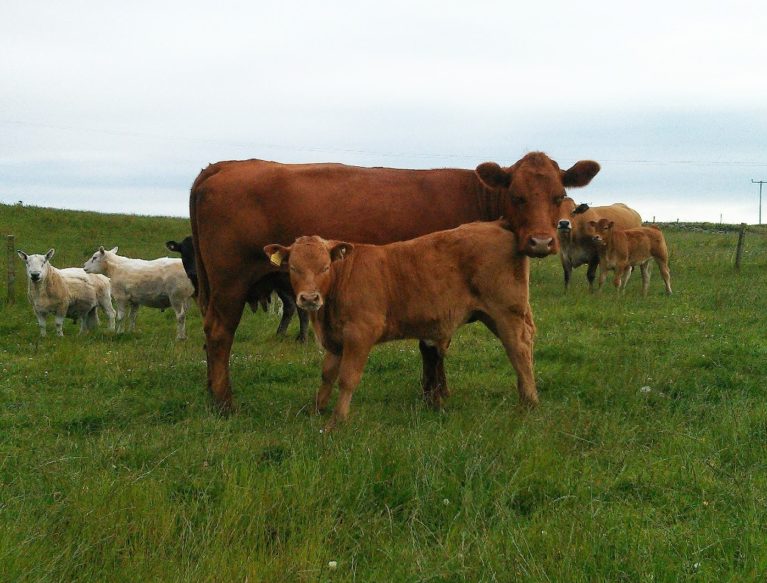Breeding Management
Improving the genetics of beef herd begins with defining breeding objectives e.g. do you want to produce your own replacements, sell high health stock or out winter cows? Genetics are permanent and cumulative but it takes a while to realise the change. Breeding heifers at 24 months and maintaining a compact calving interval are two ways to increase the rate of genetic change.
Making use of EBVs to develop improved breeding traits will help ensure efficiency in production. Find out more from our EBVs page.
Keeping records of herd fertility is vital to ensure that productivity is being maximised. Key performance indicators are:
- Compact calving period aim for 65% calved within the first 3 weeks
- Compact calving interval which leads to increased calves weaned per year
- Number of and weight of calves weaned annually
Cows which have difficult calving may be more likely to have a delay in return to cycling. It is important these cows are identified, diagnosed and treated early to prevent production losses. Cows which are barren following weaning are more likely to increase in body condition score which can further depress fertility and lead to calving difficulties in the next pregnancy.
Careful EBV selection can help to reduce the calving interval of the herd allowing for an increase in the number of calves produced per cow over her lifetime.
More information is available on our Livestock web pages

Useful links
- Buying a breeding bull
- Pre / post purchasing of a breeding bull
- Animal Welfare Updates
- Farming For a Better Climate - Climate Change Focus Farm meeting notes
Sign up to the FAS newsletter
Receive updates on news, events and publications from Scotland’s Farm Advisory Service
